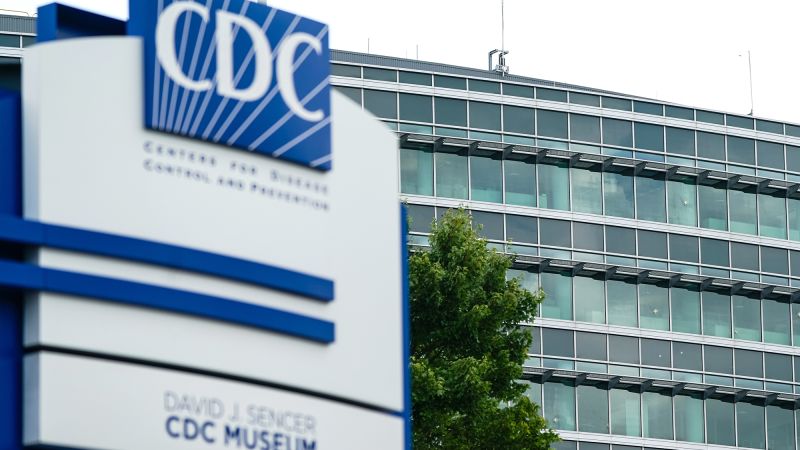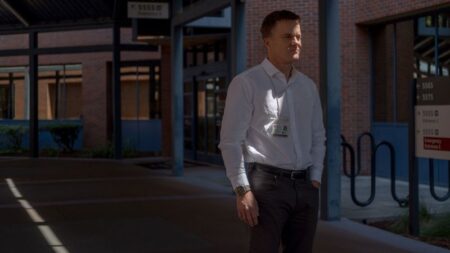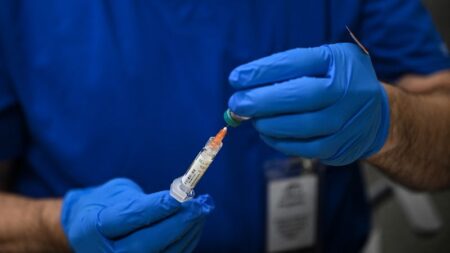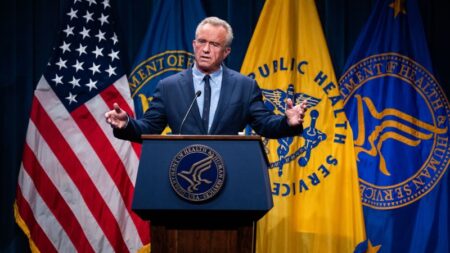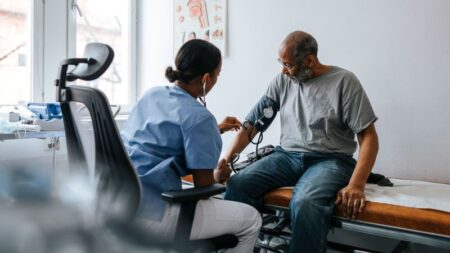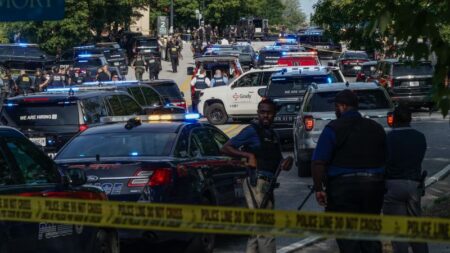On Friday, a tragic shooting incident unfolded at the US Centers for Disease Control and Prevention (CDC) where gunman Patrick Joseph White opened fire, resulting in a chaotic scene. State investigators from the Georgia Bureau of Investigation revealed on Tuesday that White had accessed a safe belonging to his father to procure five firearms, which were later recovered at the scene. The shocking altercation involved White firing nearly 500 rounds, with the majority of shell casings identified as coming from a long gun, one of the weapons he had taken.
The incident culminated in White’s death, which GBI Director Chris Hosey confirmed was due to a self-inflicted gunshot wound. Interestingly, written documents found in White’s home indicated that he had expressed a strong distrust of the Covid-19 vaccine. This finding highlighted a potential motive for the attack, as Hosey noted that White was determined to air his grievances regarding vaccines in a public manner.
As investigations progressed, CDC employees eagerly awaited insights from agency leadership during an all-hands meeting. However, disappointment loomed as many found the brief meeting lacking in substance and clarity. Employees, who had hoped for a thorough discussion and a chance to voice their concerns, instead experienced a session that left them feeling unsatisfied and frustrated. Comments were disabled, preventing inquiries and dialogue, which further exacerbated the situation for those craving reassurance and transparency following the traumatic event.
The meeting addressed the immediate aftermath of the shooting, which had taken place just before 5 PM at a CVS drugstore across from the CDC’s main entrance. Officer David Rose of the DeKalb County Police was fatally shot by White as he engaged the assailant. Remarkably, despite the chaos, no one at the CDC was injured. A significant number of rounds—approximately 200—struck six buildings on the CDC campus located near Emory University on the eastern fringe of Atlanta.
As investigators delved into White’s background, they confirmed that he had no known criminal history. However, he had recently voiced suicidal thoughts, prompting law enforcement to be notified ahead of the tragic incident. It remains unclear who initiated that communication. Law enforcement sources indicated that after firing several rounds, White attempted to leave the CVS but tragically ended his own life when he found the doors locked.
The ongoing investigation also revealed that the five weapons used belonged to White’s father. These included a mix of rifles, a shotgun, and a handgun, all of which had been duly recovered. White’s family has been cooperative with investigators, contributing to the ongoing assessments of the tragic event.
The CDC has faced widespread scrutiny, particularly in light of heightened politicization surrounding public health matters during the Trump administration. This scrutiny heightened after conspiracy theories about vaccines gained traction, leading to a hostile climate for federal employees advocating for vaccine uptake. A notable visitor to the CDC offices, US Health and Human Services Secretary Robert F. Kennedy Jr., known for his vocal skepticism towards Covid-19 vaccinations, expressed condolences while also addressing the broader issue of vaccine misinformation.
CDC leadership, led by Dr. Susan Monarez, expressed their commitment to staff welfare amid the turmoil. They face the daunting challenge of addressing the fears of employees while working to ensure that lessons are learned from this tragic occurrence. Monarez emphasized her commitment to creating a supportive environment for a workforce that has been left reeling from the violence that unfolded.
Ultimately, the shooting incident at the CDC is a grim reminder of the potential consequences stemming from public discourse surrounding science and public health, particularly in a climate rife with misinformation. As the CDC navigates the aftermath of this tragedy, its leadership is focused on fostering a sense of security and healing within the agency while addressing the critical need for open communication and transparency.





